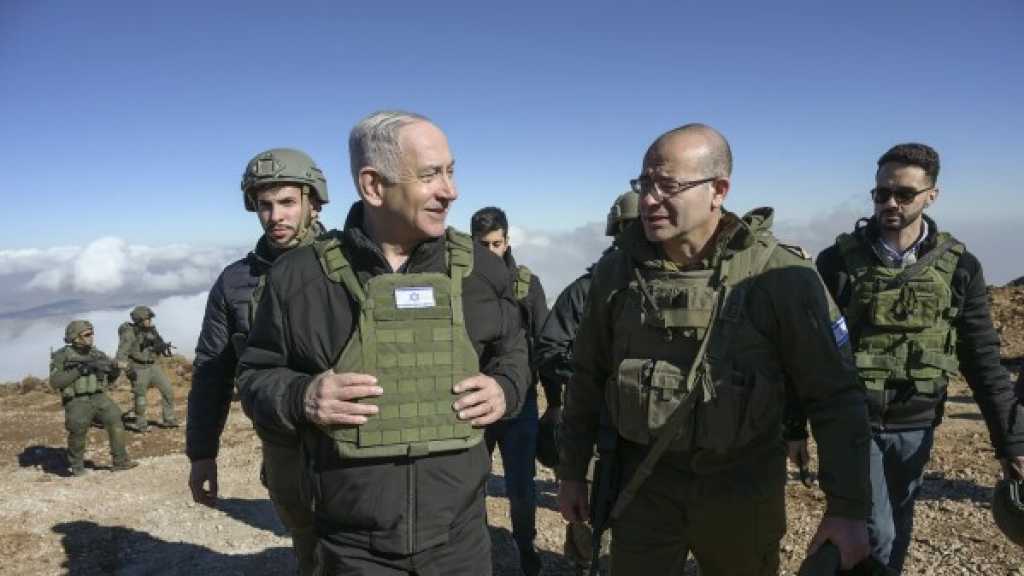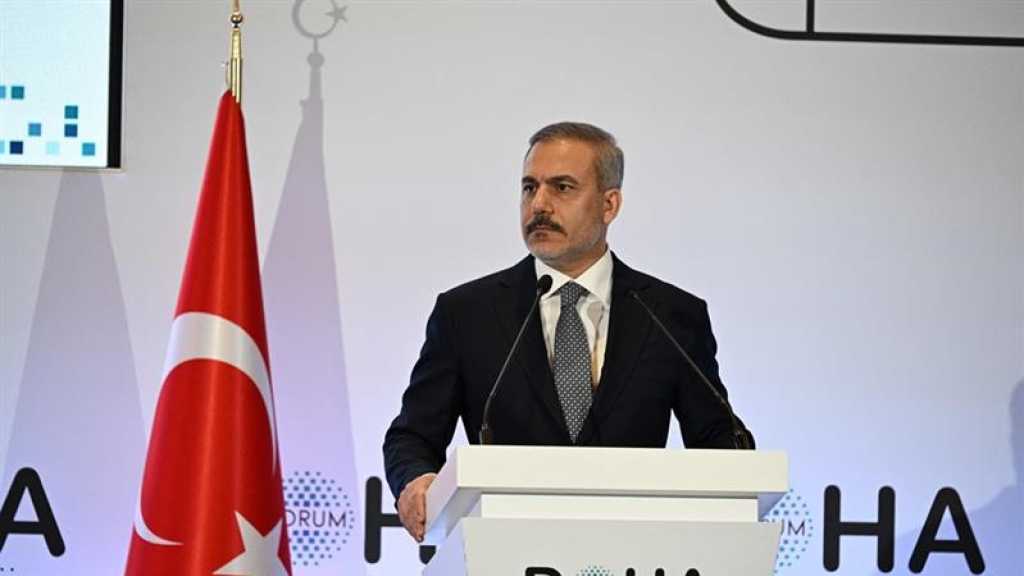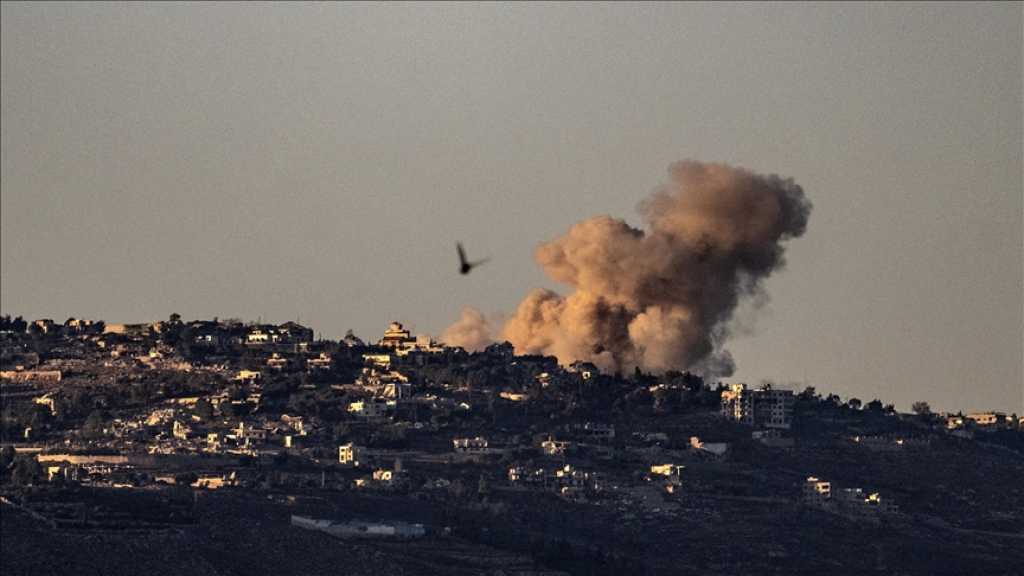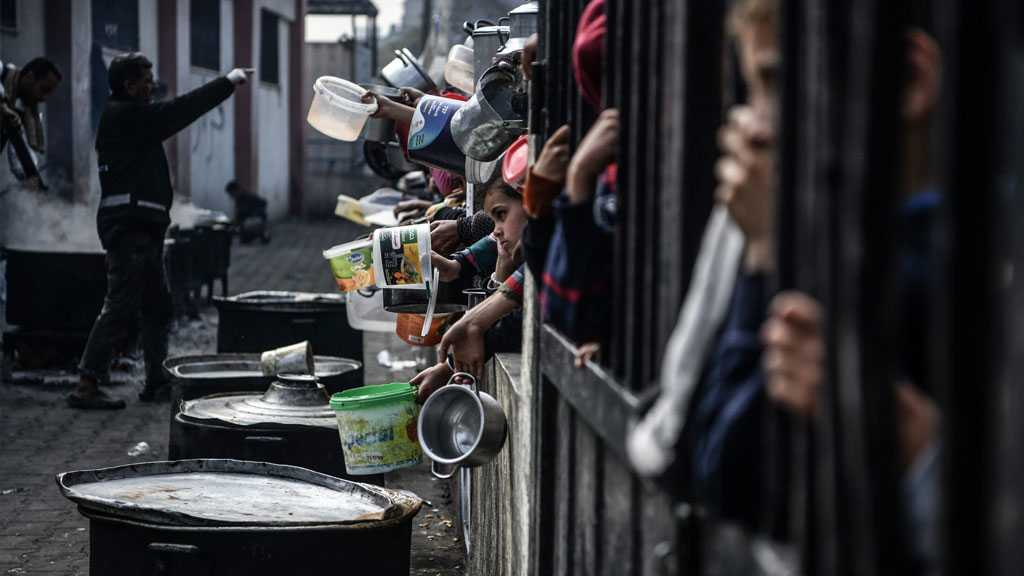Amos Harel Tells of “Israel’s” Next War with Hezbollah: A Challenge that Far Exceeds what Our Leaders Have Faced!
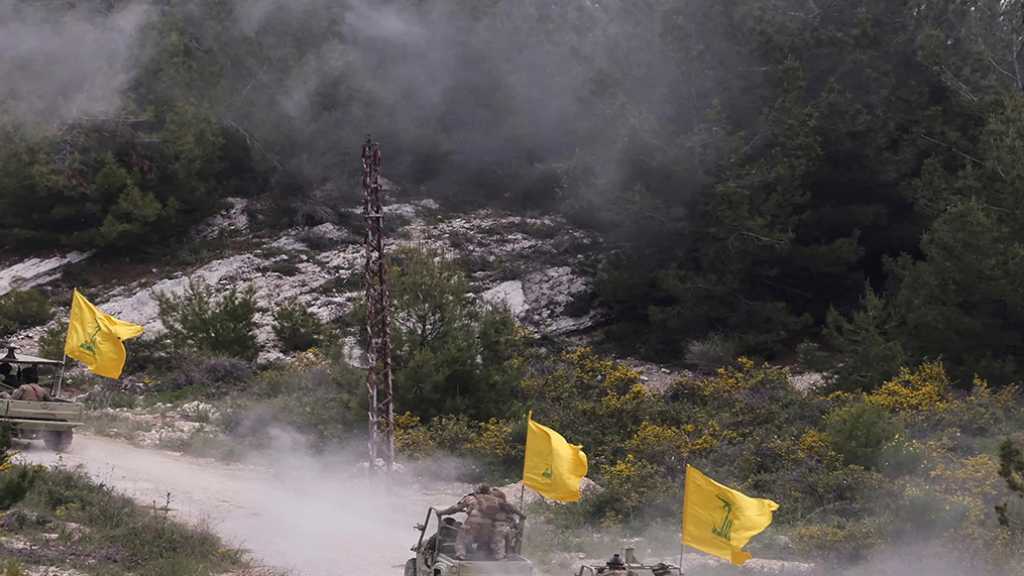
By Staff, Agencies
The famous strategic writer Amos Harel predicted that “More than nine months into its war with Hamas in the Gaza Strip, ‘Israel’ now appears closer than ever to a second, even larger war with Hezbollah on its northern border.”
Under the title, ‘Israel’s’ Next War, Harel warned in the “Foreign Affairs” that a full-scale war between “Israel” and Hezbollah would have consequences that dwarf the current Gaza conflict.
“A major ‘Israeli’ air and ground assault against Hezbollah, the most heavily armed group in the Middle East, would likely cause turmoil across the entire region, and could prove particularly destabilizing as the United States enters a crucial stage of its presidential election season. It is also far from clear that such a war could be ended quickly, or that there is a clear path to a decisive victory,” he stated.
Haaretz writer further mentioned that “The implications for ‘Israel’ itself could be stark.”
“According to ‘Israeli’ intelligence estimates, Hezbollah’s weapons stockpile is more than seven times as large as Hamas’s and includes far more lethal weapons. Along with hundreds of attack drones, it includes some 130,000–150,000 rockets and missiles, including hundreds of ballistic missiles that could reach targets in Tel Aviv and even further south—indeed, every point in ‘Israel’,” Harel added.
In parallel, he underlined that “as previous wars attest, Lebanon is a treacherous battlefield. ‘Israel’s’ last war with Hezbollah, in the summer of 2006, was inconclusive, and despite killing several hundred of the group’s fighters, it left the group’s military power largely intact.”
“Hezbollah is also far better armed than it was then. ‘Israel’s’ home-front command estimates that if a full-scale conflict broke out now, Hezbollah would launch some 3,000 rockets and missiles every day of the war, threatening to overwhelm ‘Israel’s’ missile defenses. ‘Israel’ would have to concentrate on defending crucial infrastructure and military bases, tell the ‘civilian’ population to stay in bomb shelters, and hope for the best. It would be a challenge that far exceeds anything that ‘Israeli’ leaders have faced before,” Harel cautioned.
Moreover, the military expert lamented that If “Israel” succumbs to the “temptation without a clearly defined endgame or strategy for limiting the war, the results could be devastating.”
“To many ‘Israeli’ officials, Hezbollah, as the most heavily armed and well-trained of these Iranian ‘proxies’, posed the greatest threat. On October 7, as Hamas’s brutal assault was unfolding along the Gaza perimeter, ‘Israeli’ leaders rushed to prepare for an even larger attack from Hezbollah in the north,” Harel revealed.
On October 7 “all ‘Israeli residents’ living within three miles of the northern border were ordered to evacuate. As a result, some 60,000 ‘Israelis’ became refugees…mostly staying at hotels around the ‘country’, including in Tel Aviv, financed by the ‘state’. At the time the order was issued, it was assumed that it would be temporary; no one guessed that these people would still be displaced more than nine months later. But as soon as these villages and towns in northern ‘Israel’ had been emptied, Hezbollah turned them into a shooting range, rendering many of them virtually uninhabitable,”
The common complaint, according to Harel, “among ‘Israelis’ is that the evacuation of the north has given Hezbollah a three-mile security zone inside ‘Israel’, thus upending a status quo on the border that had more or less held since the 2006 war.
“Hezbollah has gradually increased the range and quantity of its own rocket attacks, and on the ‘Israeli’ side, about 30 soldiers and civilians have died. Towns and villages on both sides of the border have been flattened. ‘Israeli’ authorities say that more than 1,000 houses and buildings have been severely damaged as a result of Hezbollah attacks. There are similar assessments regarding damage on the Lebanese side. But the largest effect on ‘Israel’ thus far may be the long-term displacement of tens of thousands of ‘Israelis’,” he stated.
In addition, Harel went on to say: “During the past few months, however, there is far more concern about Hezbollah’s growing use of antitank rockets, which have a range of up to 6.5 miles and are highly accurate and difficult to intercept. They have caused much of the damage and many of the casualties in the north since the violence started.”

